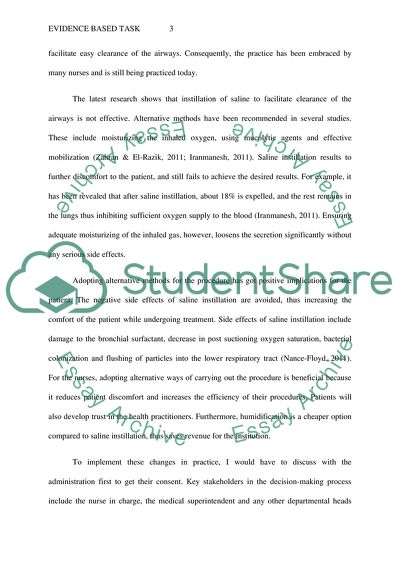Cite this document
(Evidence based task2 Essay Example | Topics and Well Written Essays - 1000 words, n.d.)
Evidence based task2 Essay Example | Topics and Well Written Essays - 1000 words. https://studentshare.org/nursing/1865726-nursing-practice-guidelines
Evidence based task2 Essay Example | Topics and Well Written Essays - 1000 words. https://studentshare.org/nursing/1865726-nursing-practice-guidelines
(Evidence Based Task2 Essay Example | Topics and Well Written Essays - 1000 Words)
Evidence Based Task2 Essay Example | Topics and Well Written Essays - 1000 Words. https://studentshare.org/nursing/1865726-nursing-practice-guidelines.
Evidence Based Task2 Essay Example | Topics and Well Written Essays - 1000 Words. https://studentshare.org/nursing/1865726-nursing-practice-guidelines.
“Evidence Based Task2 Essay Example | Topics and Well Written Essays - 1000 Words”. https://studentshare.org/nursing/1865726-nursing-practice-guidelines.


